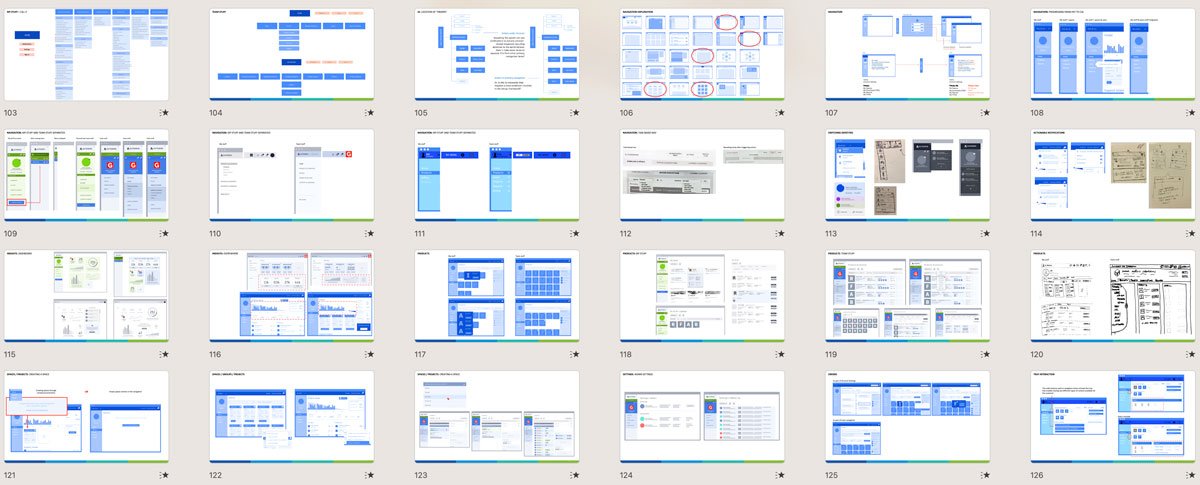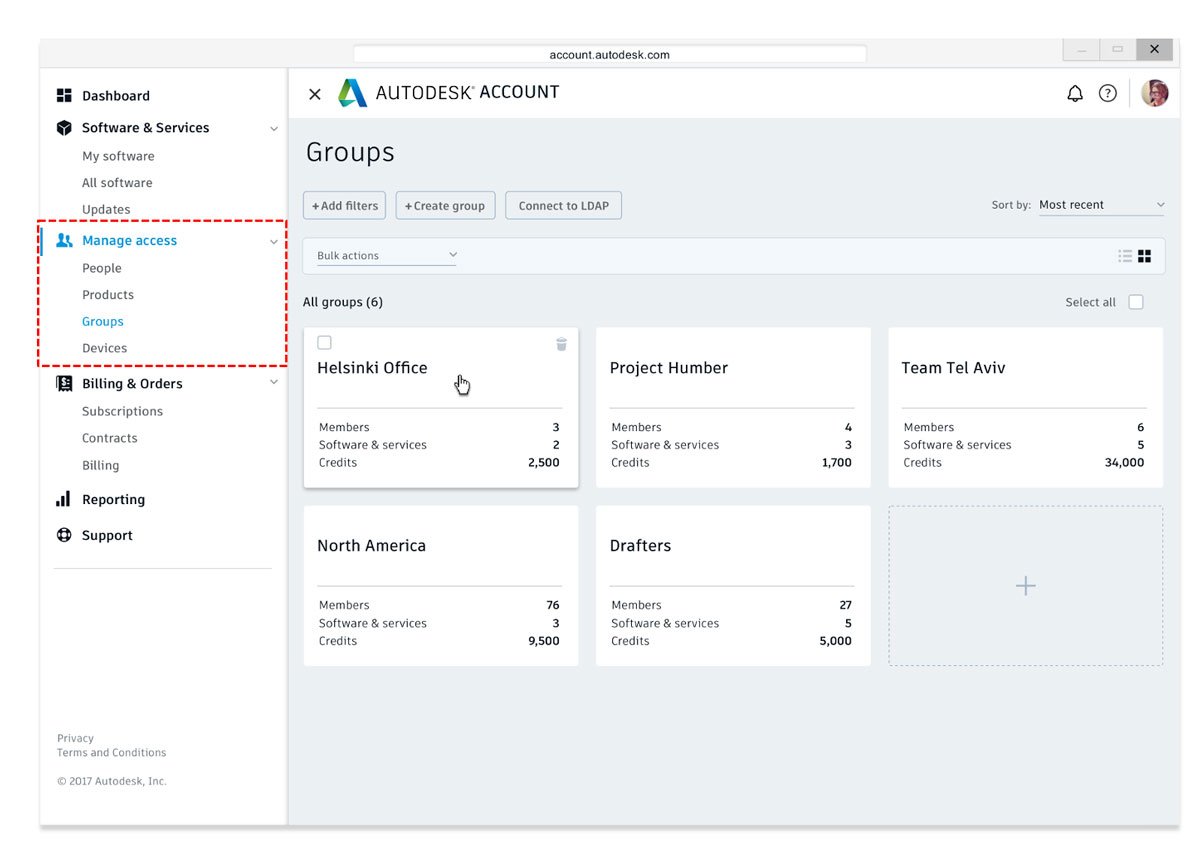autodesk New Customer Experience
Company: Autodesk
Roles in the project: Principal UX Designer
In 2016, we were tasked with reimagining the customer experience across different Autodesk products and platforms. With the lead of the amazing Katrina Alcorn, this is the concept we created.
If you're eager for a quick glimpse of the end result without delving into the backstory and rationale behind it, feel free to explore the carousel below. However, if you prefer a comprehensive understanding of the entire narrative, I encourage you to continue scrolling and delve into the details. Along the way, you'll find captivating visuals complemented by insightful commentary.
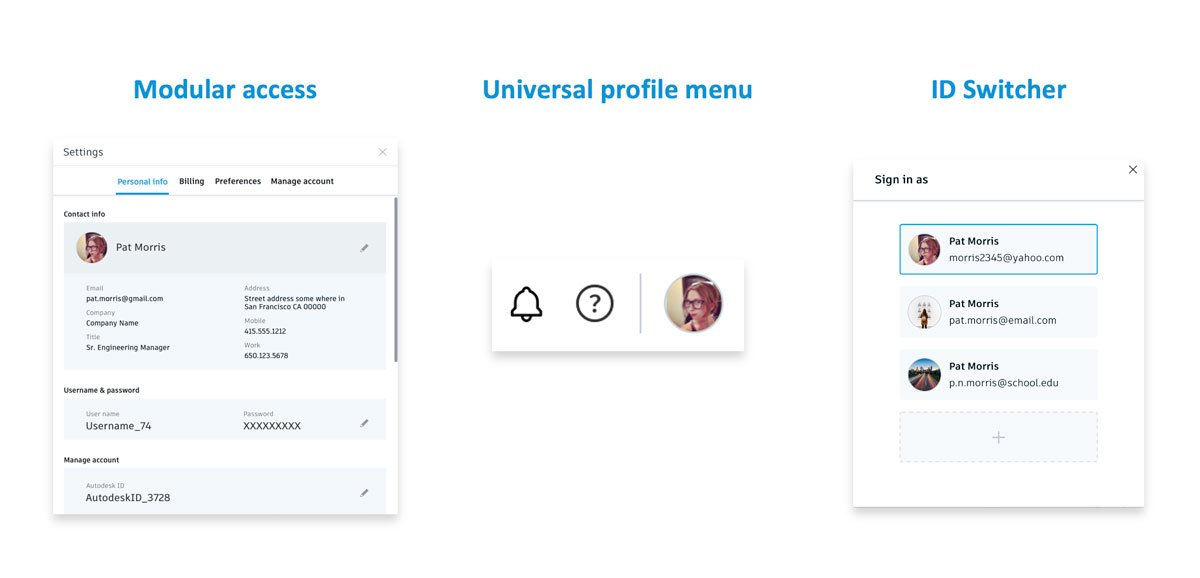
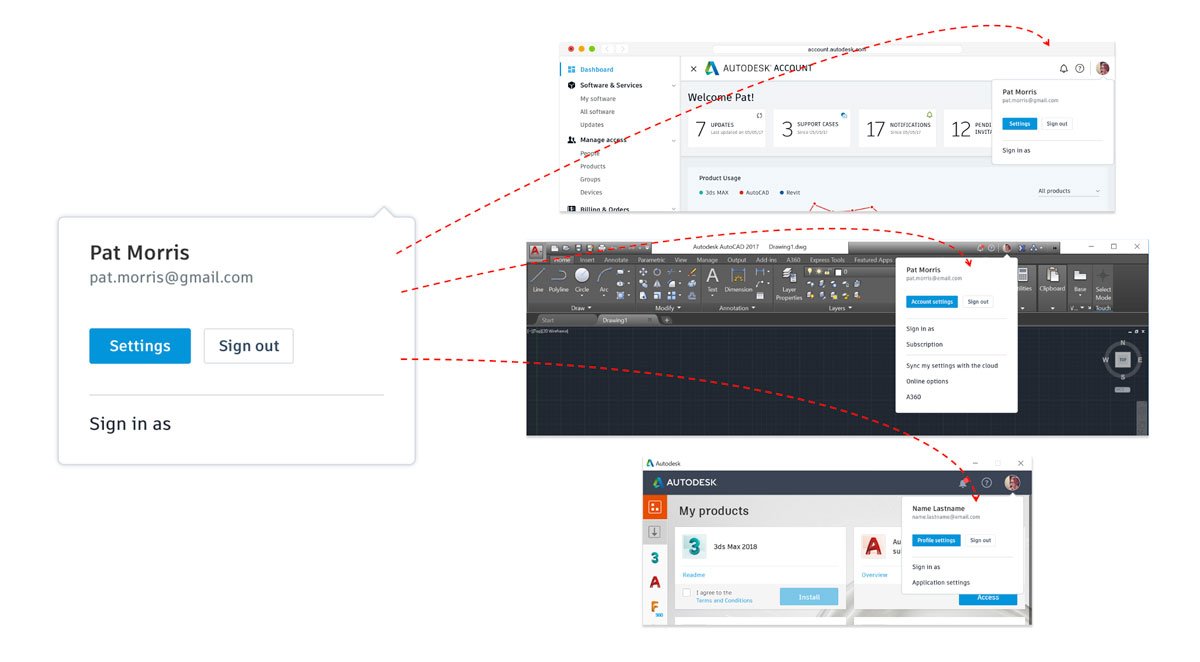
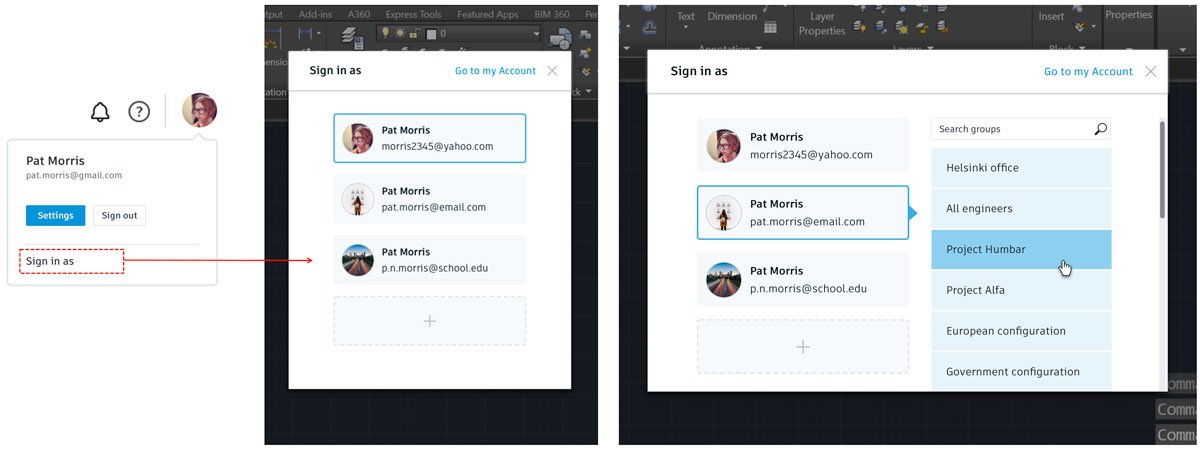
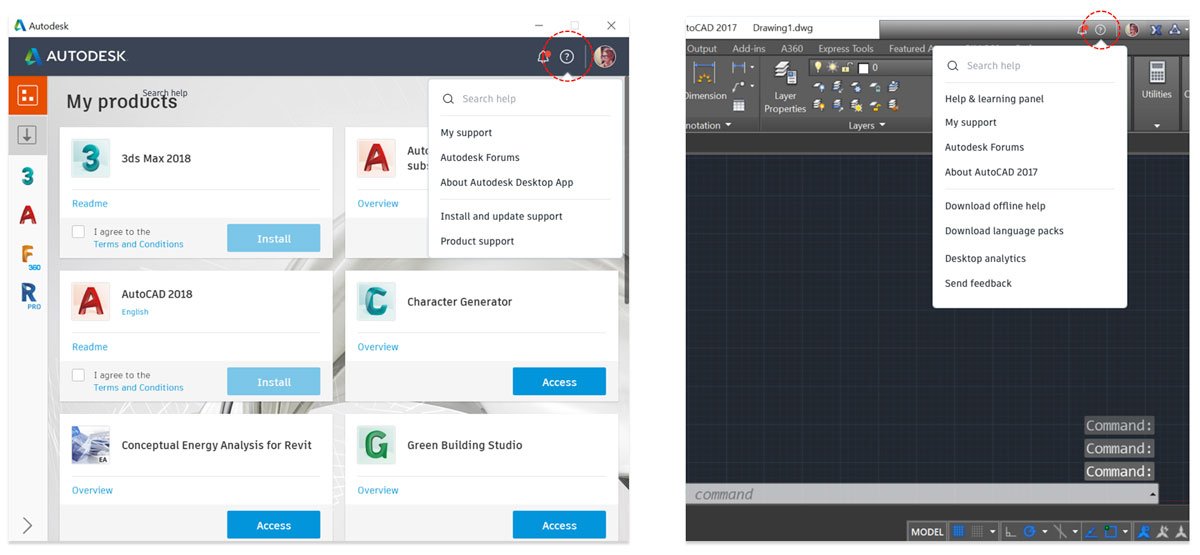
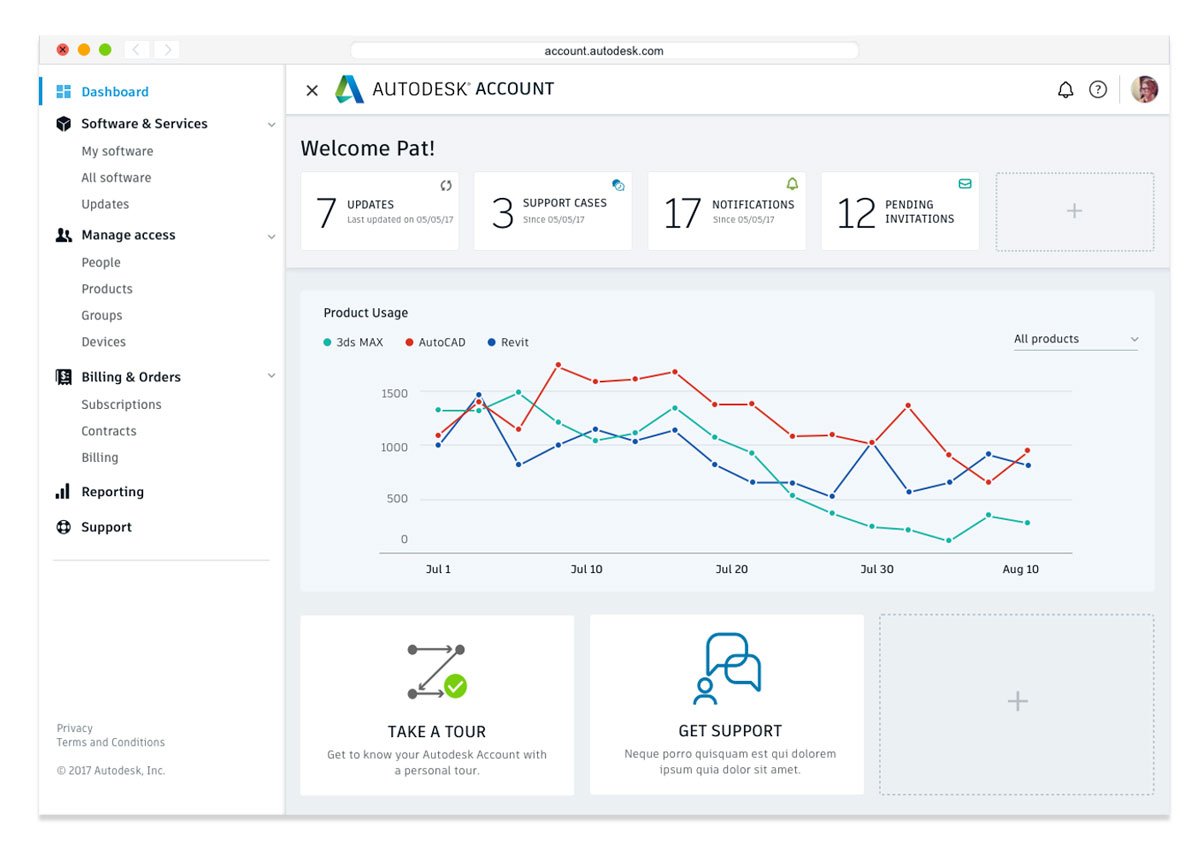
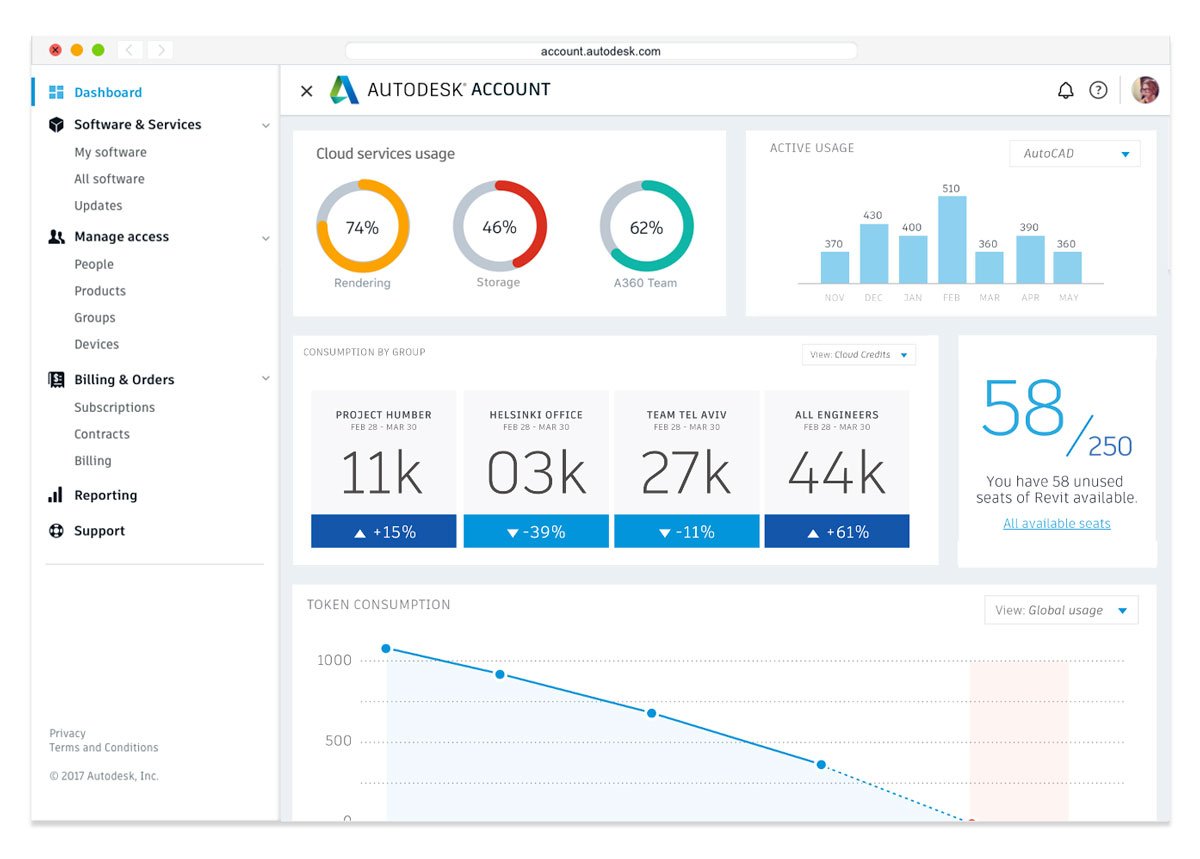
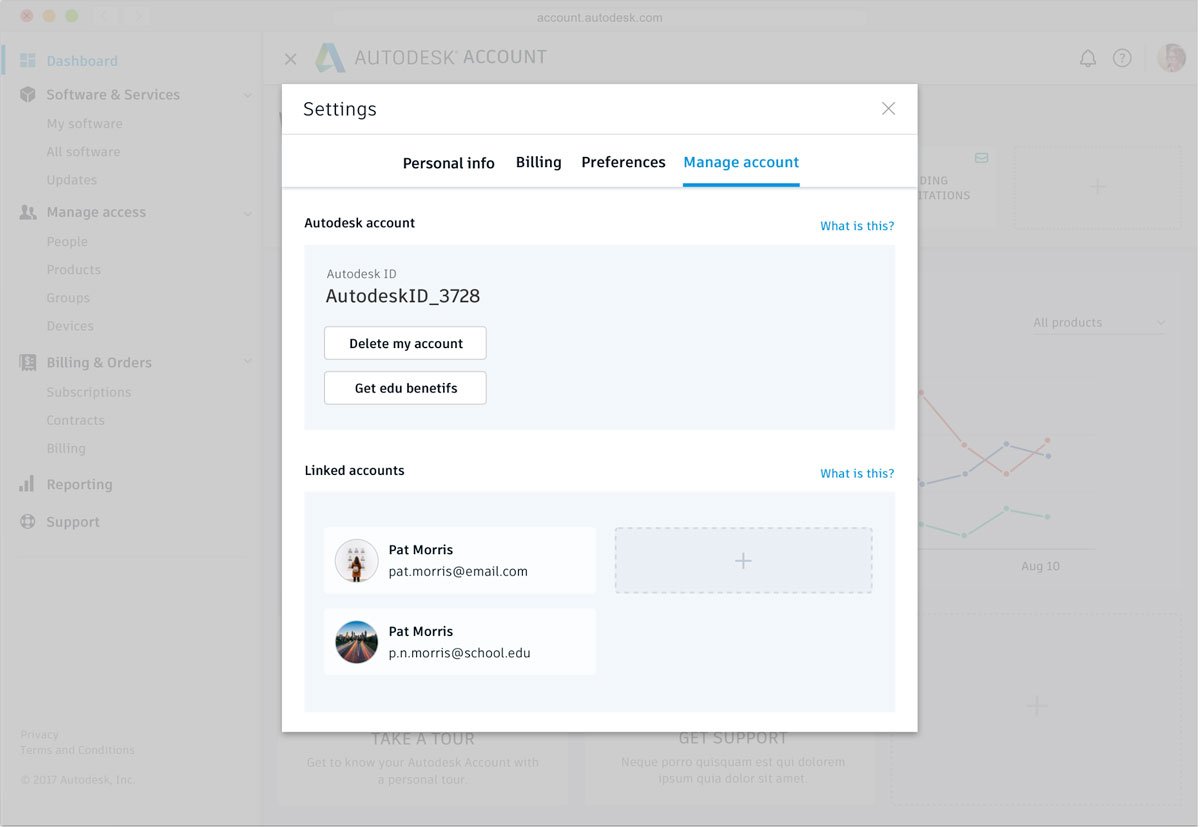
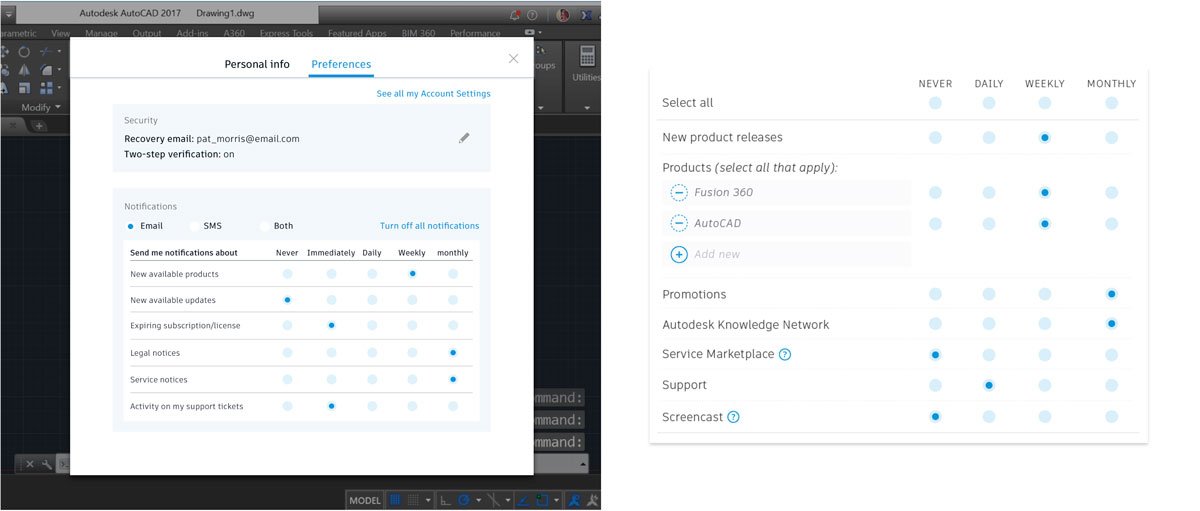


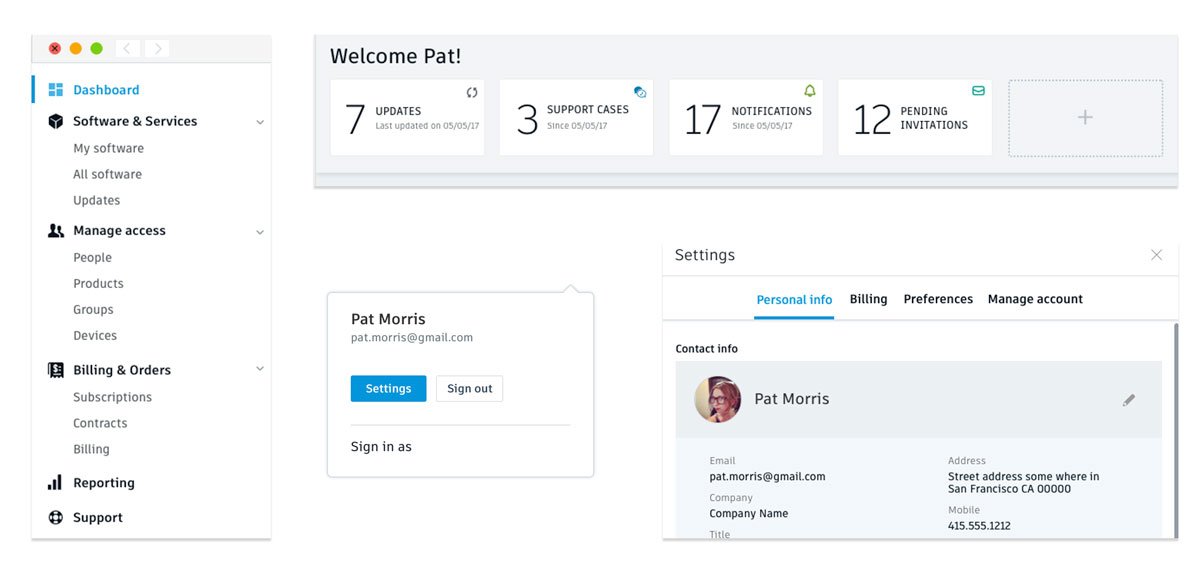
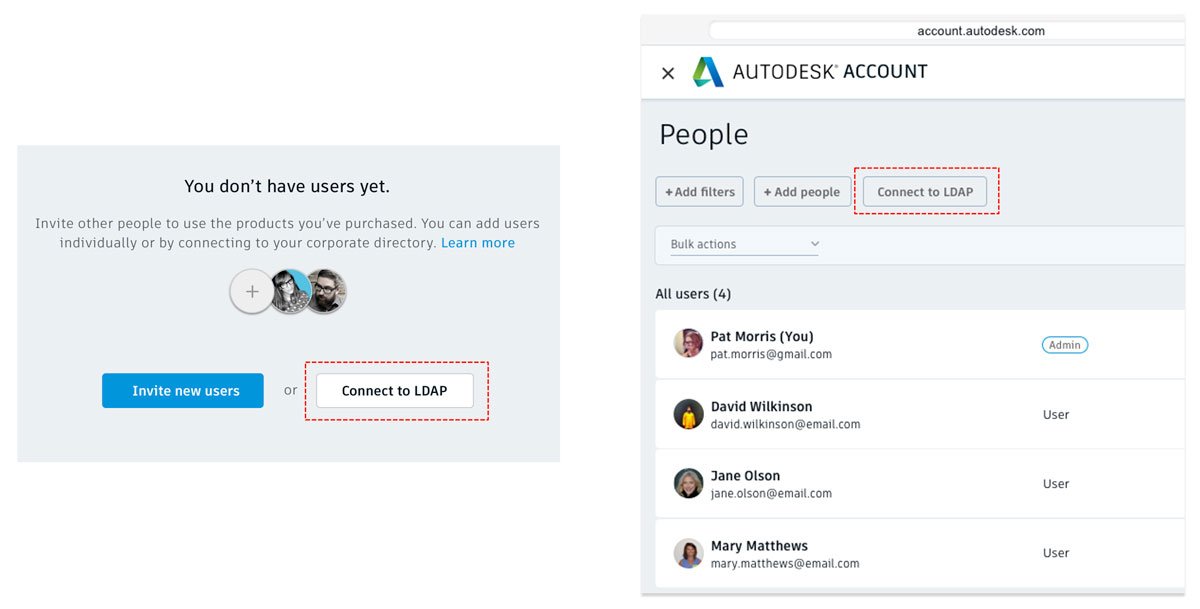
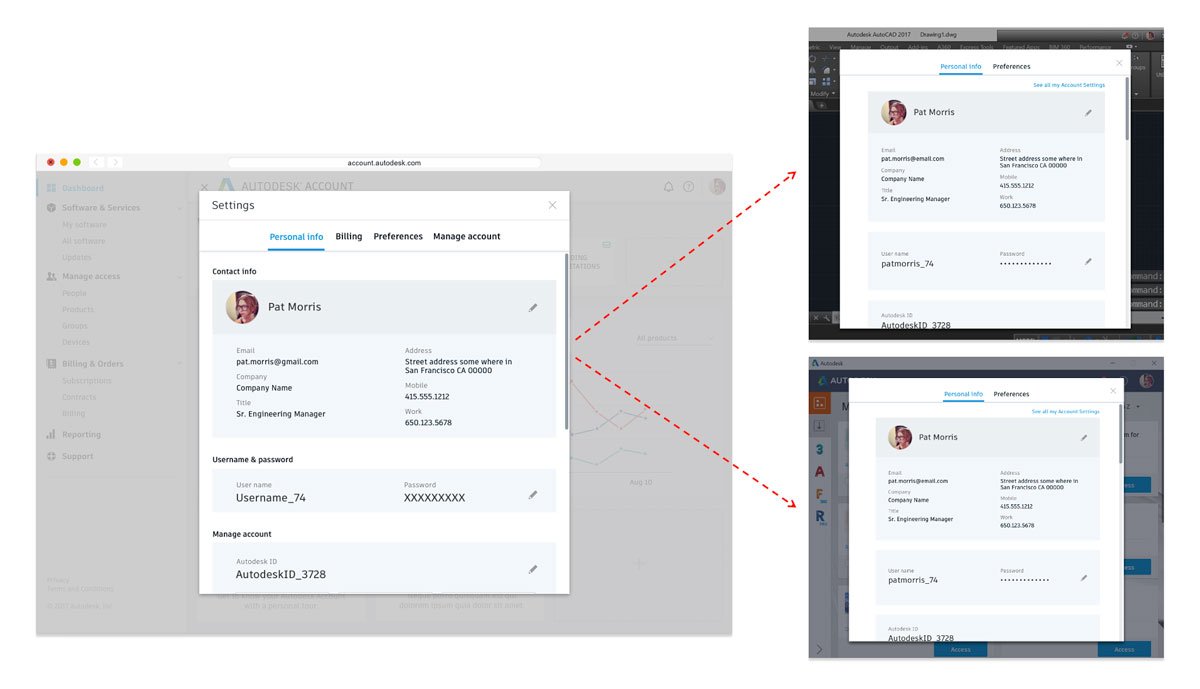
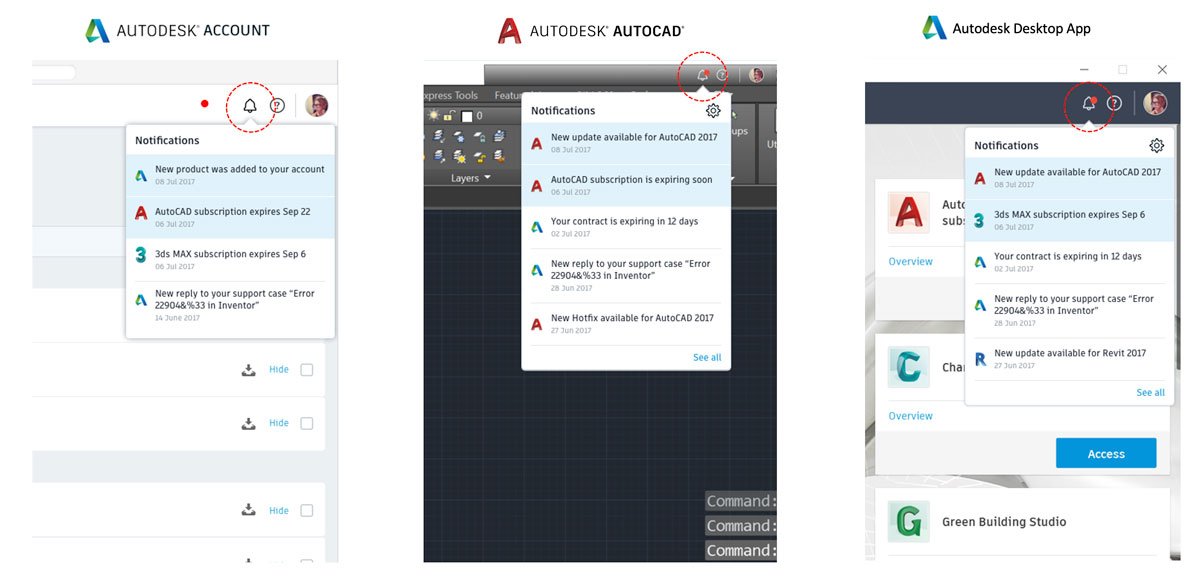
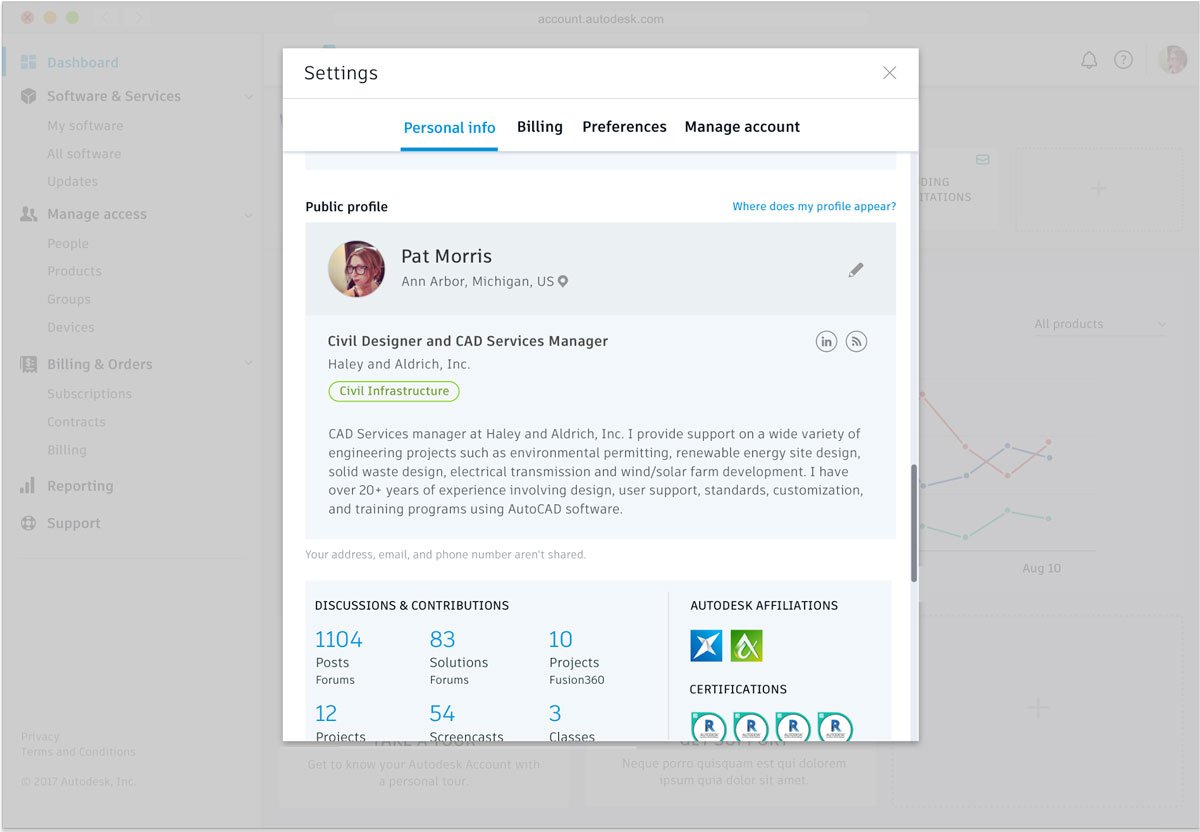


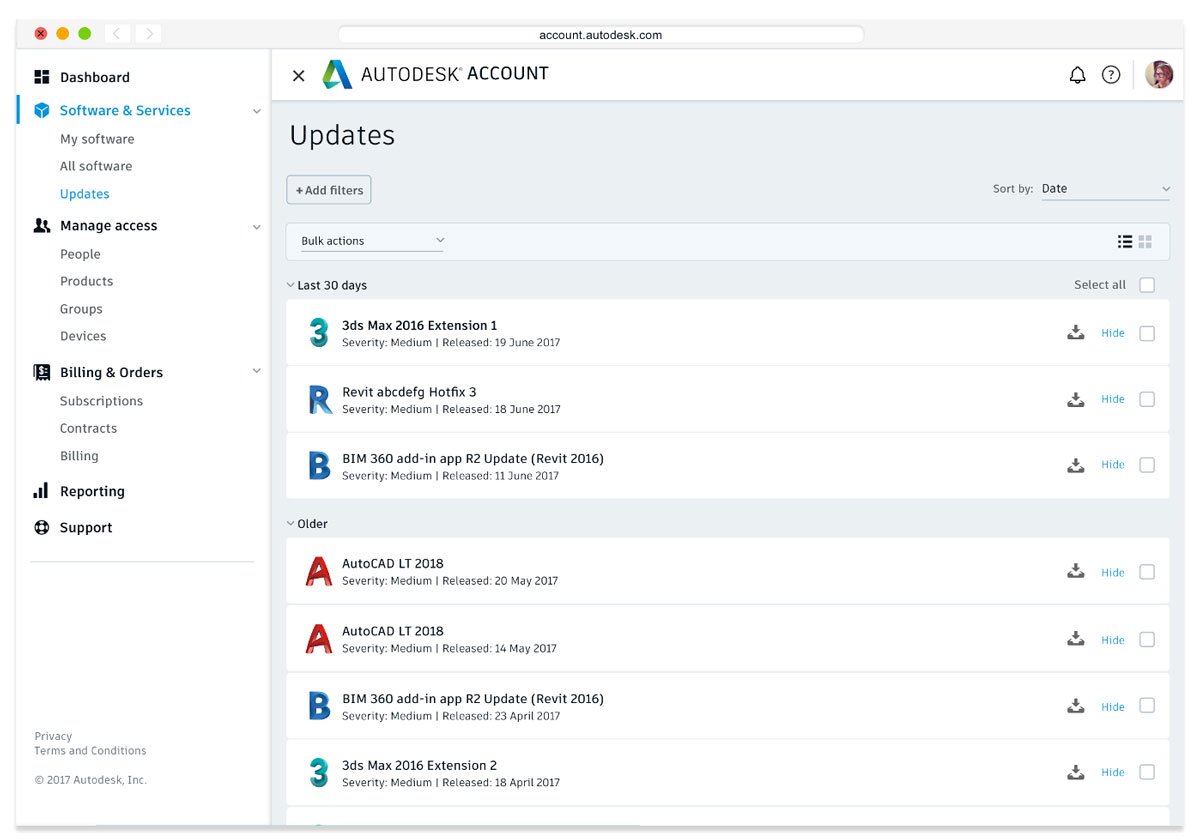
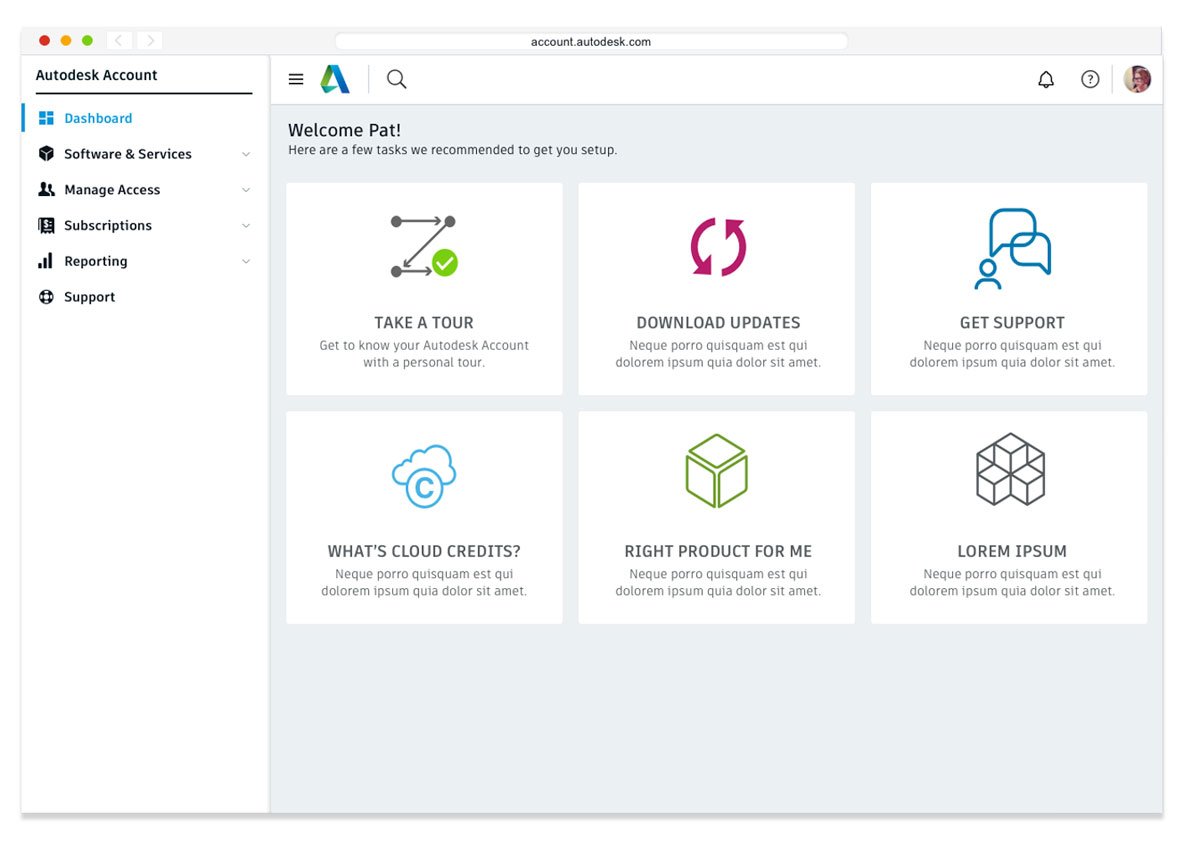
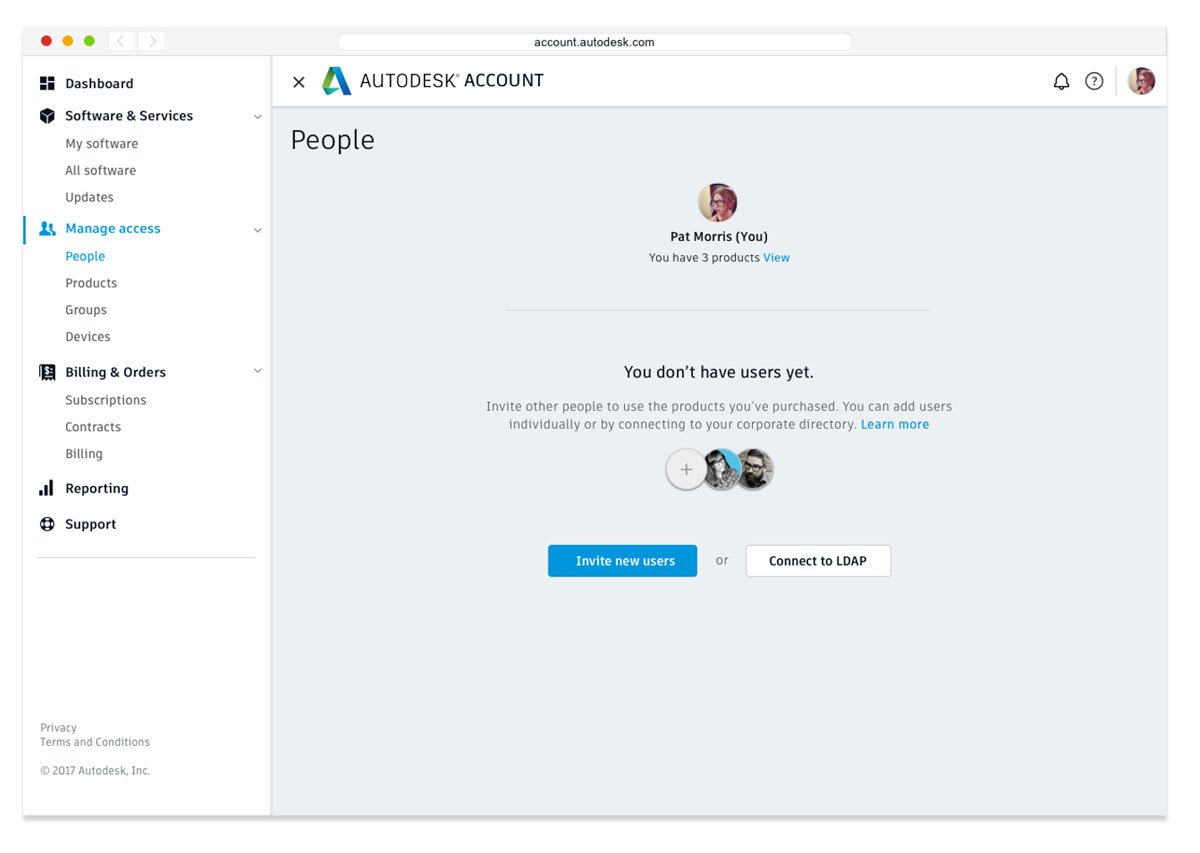
Today, Autodesk is a 40-year-old software company with roughly 100 products in its software portfolio. However, I believe that number was even higher in 2016. Many of the products came to Autodesk through acquisitions, leading to each product having its own look, feel, usage patterns, accounts, profiles, and customer experiences. We were tasked with rectifying this by creating one unified customer experience.
Since this challenge was recognized, there have been previous attempts to address the situation. We knew that for this to be successful, we needed to create a truly cross-organizational team and involve our stakeholders closely. After reviewing the research and concepts done previously and involving the masterminds behind them in our project team, we set out to initiate the effort with two two-day workshops.
Workshopping to understand where we are — and where we want to be
01: DECEMBER 2016
A two-day workshop was held at the Hyatt Regency in San Francisco, with 18 people representing 10 business teams, aimed at answering this question: “How can we deliver more cohesive experiences to our customers to manage their holistic relationship with Autodesk?”
02: MARCH 2017
A two-day kickoff took place in San Francisco, where 22 people representing 11 business teams came together to begin exploring design concepts that support the NSX vision and the upcoming business model transformation.
In the workshops, we gathered as much information as possible from our peers and product teams through various workshop exercises. We also refined the personas we had created based on customer interviews conducted before the workshops. We ensured that we had considered every aspect of their needs and pain points in light of existing research and customer insights.
We also divided into groups and created preliminary concepts with the help of the collective wisdom and decades of experience that our workshop participants had gained from working with customers in the industry.
Rolling up the sleeves and getting to work
After the workshops (and between them as well), we rolled up our sleeves and began adding details, wrapping our heads around the information architecture to create navigation as intuitive as possible. We had a dedicated "war room" for our cross-organizational project team, which included designers from several different product teams.
(I know carousels are annoying, but they save the space nicely.)


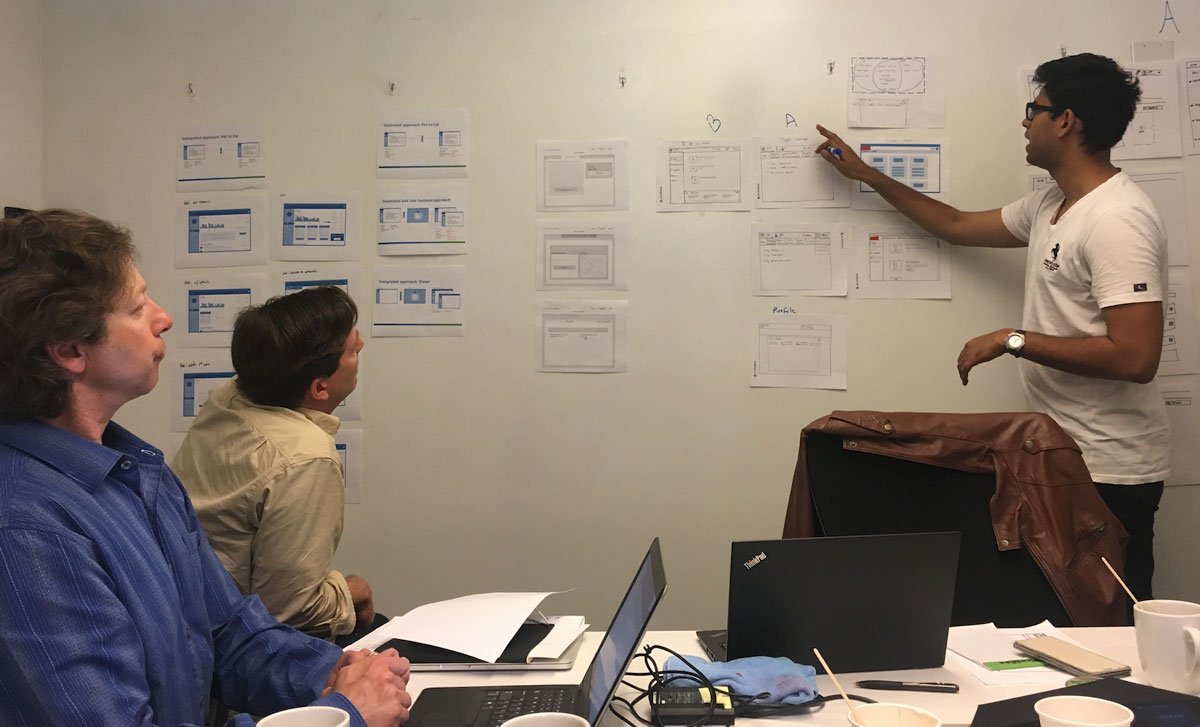
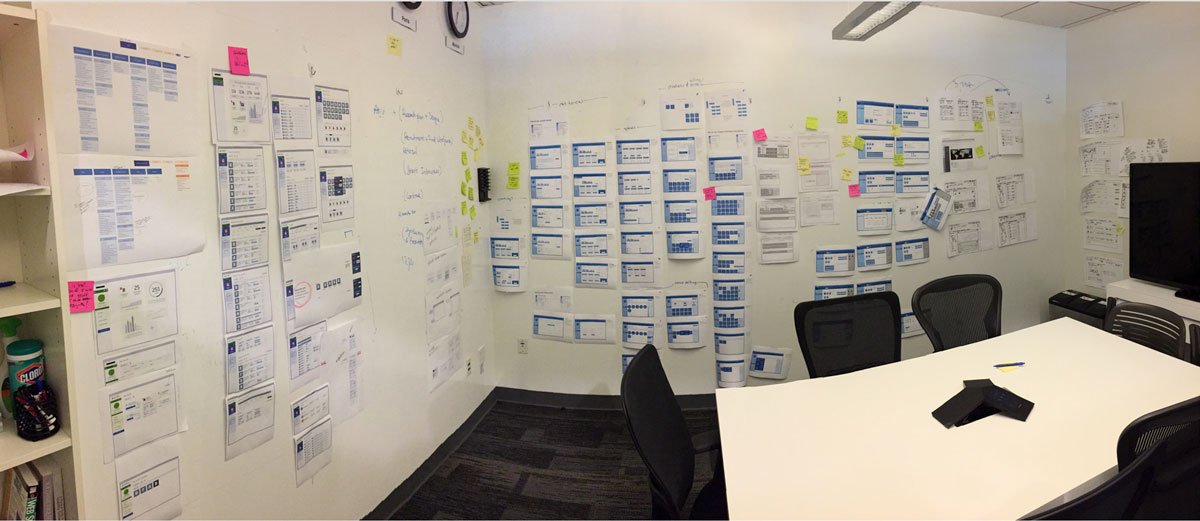
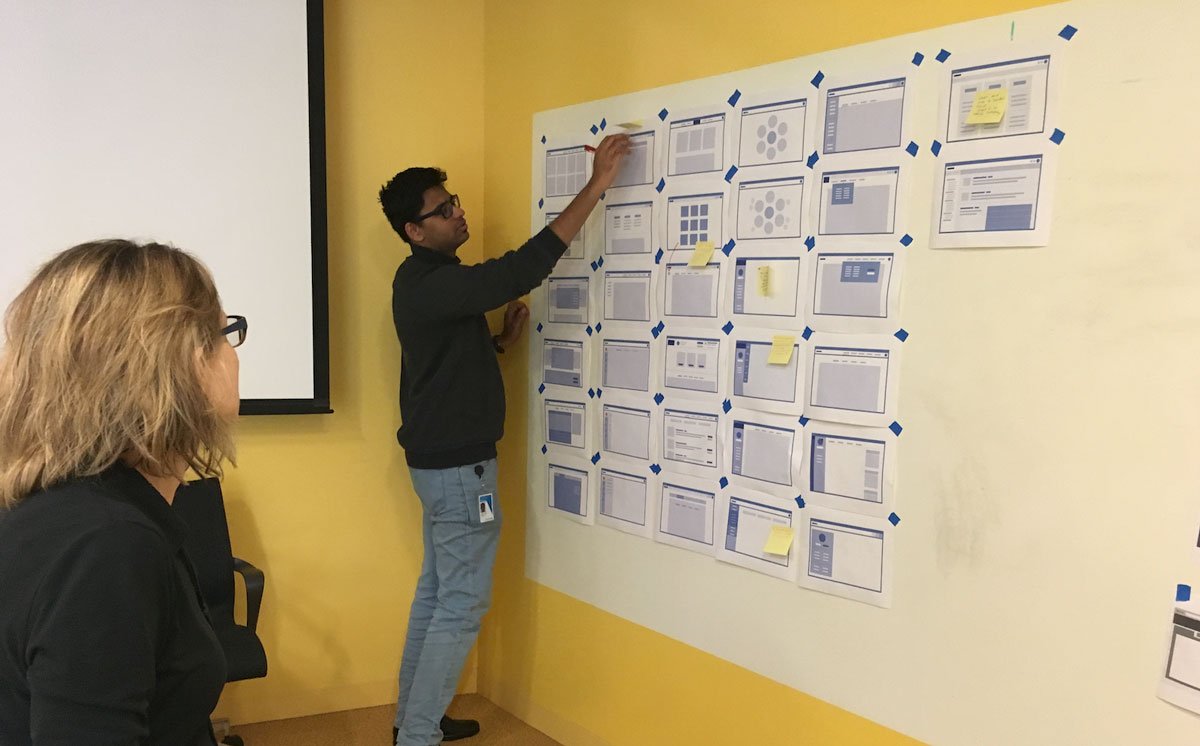
We went through several rounds of wireframes, block frames, paper prototypes, and clickable prototypes. We collected feedback from our stakeholders and tested the clickable prototypes with our customers.
Through all the research, feedback, and testing, we concluded that there are six key areas that need fixing:
Unified account experience
More control and clarity over accounts and software
Quick and easy access to support
Easily find the most recent software updates
Easy ways to connect with the Autodesk community
Ability to manage their data easily (GDPR)
Design concepts
1. Unified account experience
We aimed to introduce a modular account experience, where different products could implement only the modules they needed for their users’ accounts or profiles. Offering these modules allowed for a unified experience across different Autodesk products. We also sought to streamline this further by providing a unified access point to those modules, which we referred to as the “Me Menu.” Additionally, we recognized the need for users to switch their profile/account seamlessly and aimed to incorporate this into our concept.
2. More control and clarity over accounts and software
We discovered that larger agencies may have hundreds of Autodesk licenses, and managing these licenses constitutes a significant part of someone’s job. Moreover, they need to present the allocation and usage of licenses to their superiors. To streamline this process, we developed concepts for:
Dashboards tailored for executives to comprehend the allocation and usage of licenses
Intuitive IA and navigation
Ability to group license holders based on projects and offices
3. Quick and easy access to support
Another aspect highlighted by our research was the desire of our customers for easier access to Autodesk support. Consequently, we redesigned the support page and devised a universal help menu that could be implemented across all products.
4. Easily find the most recent software updates
We aimed to simplify the process of updating Autodesk software by offering intuitive access to updates. Additionally, we developed a universal, contextual notification component that could be seamlessly implemented across any Autodesk product.
5. & 6. Easy ways to connect with the Autodesk community and an Ability to manage their data easily (GDPR)
Furthermore, we incorporated a concept for a public user profile to facilitate connections within the Autodesk community. Additionally, we introduced improved methods for managing data and profiles in anticipation of GDPR compliance.
Finally, we aimed to enhance the overall experience by offering improved "zero states" for users who are new to using the Autodesk account or dashboard for the first time.



